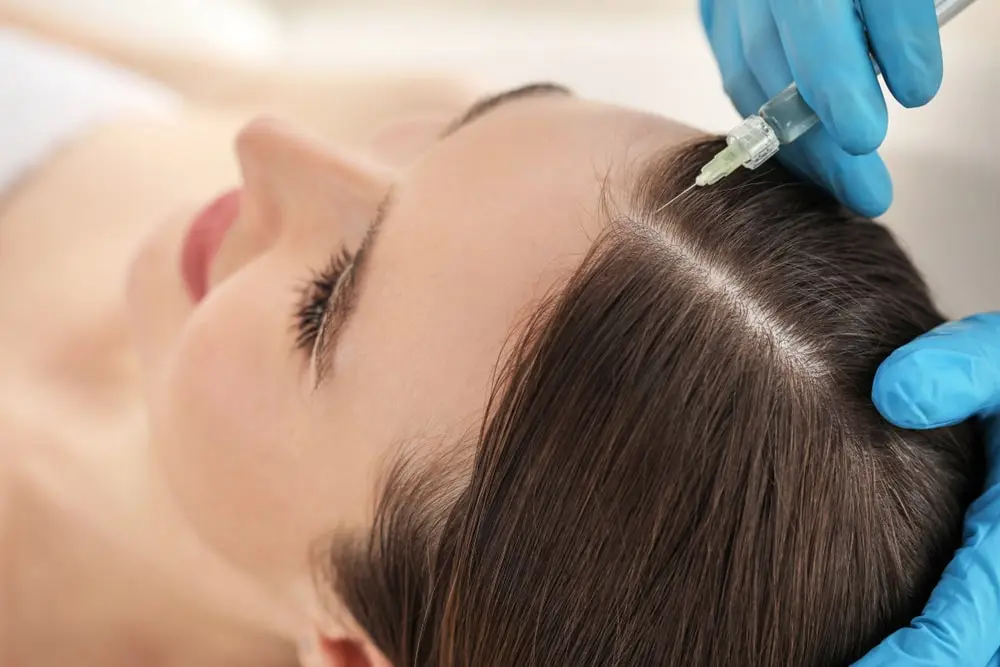From Blood to Beauty: Emerging PRP Techniques Transforming Hair Growth
Hair loss has long been one of the most common cosmetic concerns across genders and age groups. While genetics, hormonal imbalances, stress, and environmental factors contribute to thinning hair, advances in regenerative medicine are now offering new hope. One of the most promising and natural solutions gaining popularity is Platelet-Rich Plasma (PRP) therapy. Derived directly from the patient’s own blood, PRP is being refined and reimagined with emerging techniques that promise more effective, longer-lasting results in hair restoration. In the center of these developments lies the technique known as hair prp, a term now synonymous with innovation in the trichology field.
The Science Behind PRP: A Natural Regenerator
PRP therapy harnesses the healing potential of platelets — small, cell-like particles in blood that are rich in growth factors. These growth factors aid tissue repair, reduce inflammation, and stimulate stem cells. When concentrated and injected into the scalp, PRP promotes increased blood flow to hair follicles, encourages the growth phase of the hair cycle, and reactivates dormant follicles.
But what makes PRP particularly attractive is that it’s autologous — meaning it's made from the patient’s own blood — thereby minimizing the risks of allergic reactions, infections, or complications. Despite these advantages, traditional PRP treatments have varied in their success. This inconsistency has led researchers and clinicians to refine techniques, dosage, and delivery methods, making the latest generation of PRP therapy more precise and effective.
Next-Gen PRP: Advanced Centrifugation and Purity Control
A critical improvement in modern PRP therapy lies in how the platelet-rich plasma is extracted and processed. The centrifugation process — which separates blood components — has evolved significantly. Traditional single-spin systems often produced PRP mixed with red and white blood cells, which could cause inflammation or limit results. Now, dual-spin centrifuges and smart separation gels allow for higher platelet concentration and purer plasma, enhancing both safety and efficacy.
Some emerging systems can deliver up to 10 times the platelet concentration of baseline blood levels, amplifying the growth factor content. Clinicians are also learning to tailor PRP formulations based on the individual’s platelet count, scalp condition, and the severity of hair loss. This level of customization ensures the therapy is no longer one-size-fits-all but a targeted, data-driven treatment.
Microneedling Meets PRP: A Powerful Synergy
Another game-changing advancement in PRP hair therapy is the combination of PRP with microneedling. Microneedling involves the use of tiny needles to create micro-injuries on the scalp. This triggers the body’s natural wound-healing process and increases the absorption of PRP into deeper layers of the skin. When performed together, microneedling and PRP have a synergistic effect: microneedling primes the scalp for healing and regeneration, while PRP delivers the concentrated growth factors exactly where they're needed.
Many clinics now integrate both treatments in one session, enhancing follicular rejuvenation and accelerating visible results. Patients typically report improved hair thickness, reduced shedding, and stronger regrowth within just a few months of combined therapy — with minimal downtime and no scarring.
Bio-Boosted PRP: Combining Platelets with Peptides and Stem Cells
One of the most exciting frontiers in PRP therapy is the use of bio-enhancers. Researchers are exploring how to supercharge PRP with bioactive compounds like peptides, exosomes, and mesenchymal stem cells. These substances can amplify the regenerative signals sent to hair follicles, extending the duration and quality of results.
Exosomes, for instance, are nano-sized vesicles secreted by stem cells that carry genetic material and proteins to recipient cells. When added to PRP, they significantly boost communication between cells, accelerating the regenerative effects. Similarly, growth-factor cocktails or nutrient-rich peptides can complement PRP’s action, providing a nutrient-dense environment that promotes robust follicle health.
Though still in experimental phases or available only in select clinics, these bio-boosted PRP solutions hint at a future where a single treatment could outperform a year of conventional therapy.
Personalized Protocols and Long-Term Hair Health
With better understanding of scalp biology and regenerative medicine, practitioners are now able to develop personalized PRP treatment protocols. Factors such as patient age, type of hair loss (androgenic, alopecia areata, telogen effluvium), medical history, and lifestyle habits are considered to determine frequency, dosage, and follow-up care.
Most protocols recommend an initial series of three to six treatments spaced 4–6 weeks apart, followed by maintenance sessions every 4–6 months. However, emerging data suggests that maintenance might be spaced further apart with advanced PRP techniques and supplementation.
Beyond the injections themselves, clinics are increasingly adopting a holistic approach. Nutritional support, hormone balancing, stress management, and non-invasive therapies like LED light or low-level laser therapy (LLLT) are being combined with PRP to maximize outcomes and sustain long-term hair health.
The Future of PRP for Hair: Precision, Potency, and Accessibility
As PRP technology continues to evolve, the future looks promising. AI-powered diagnostics, 3D scalp mapping, and real-time imaging may soon guide treatment with unprecedented precision. At-home PRP kits — though currently limited in effectiveness — are also being developed for safer and more affordable options in between clinic visits.
Moreover, as the cost of PRP therapy decreases with technology scaling and competition, accessibility will improve for more patients worldwide. What was once considered an elite treatment may soon become a standard care protocol for hair restoration.
Conclusion
From its humble beginnings as a general healing therapy, PRP has emerged as a transformative tool in the fight against hair loss. Driven by scientific advancements and clinical innovation, modern PRP techniques are not only safer and more effective but also more tailored to individual needs. With the addition of precision technologies, biological enhancers, and integrated therapies, PRP is redefining what’s possible in natural hair rejuvenation.
The journey from blood to beauty has never been more exciting — and we are only at the beginning.



Comments
Post a Comment